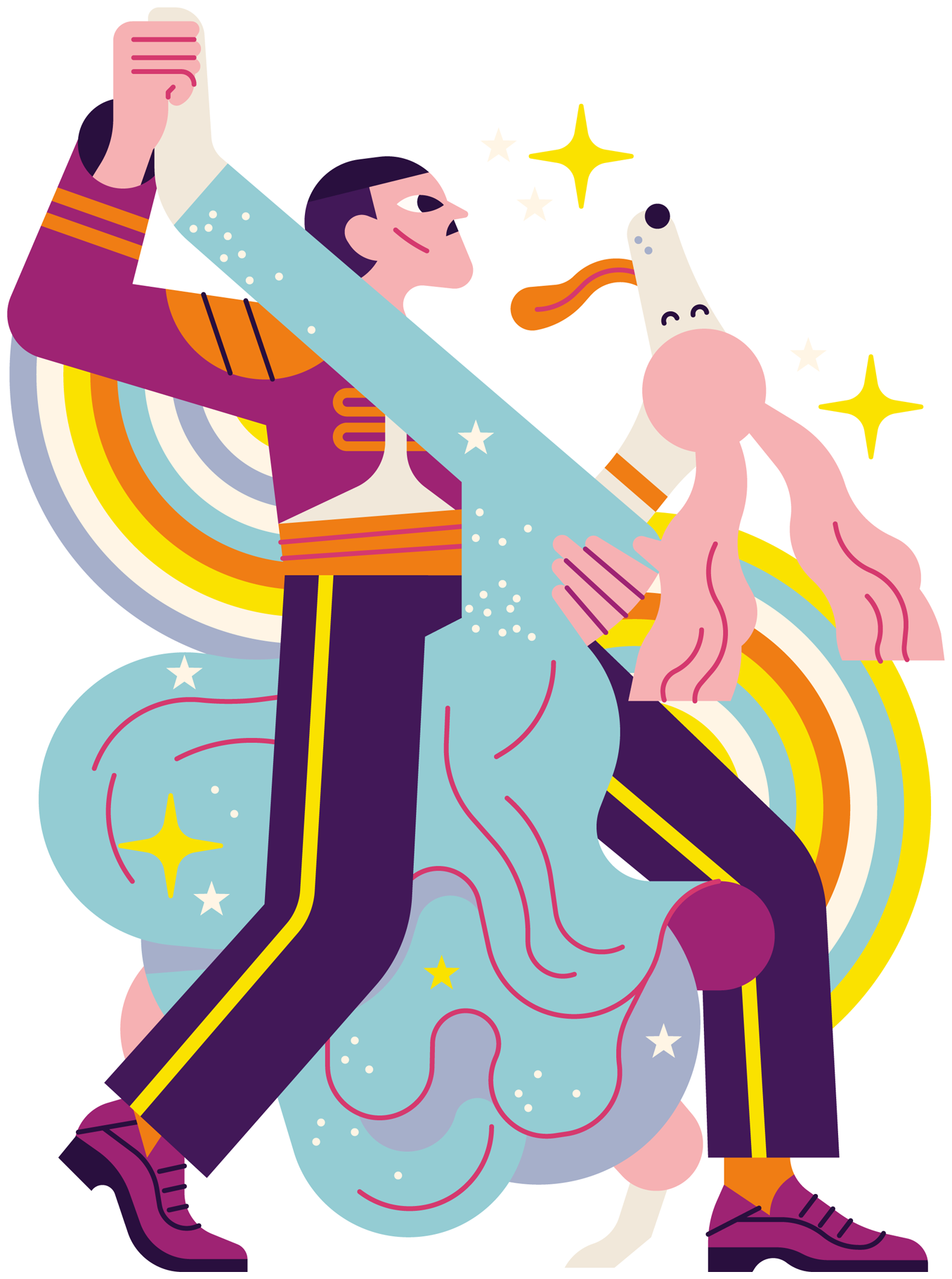Why are my dreams more vivid when I’m stressed?
Stress and anxiety can leave us sleep deprived and short on REM sleep. This means that the next time we sleep, we fall into REM more quickly and remain in it for longer, something known as “REM rebound.”
Although we can dream in both REM and non-REM sleep, research shows that REM dreams tend to be in vivid technicolor and have bizarre content, whereas non-REM dreams are slower, more conceptual, and usually in black and white. This might be because during REM-sleep dreams, the hypothalamus, the brain’s emotional center, is extremely active, whereas the prefrontal cortex, the brain’s logical region, is less active. Therefore, when we spend more time in REM sleep, as we do when we are stressed, our dreams may in fact be more surreal and evocative than usual.
COPING STRATEGY?
It’s also thought that we might dream more intensely as a way of coping with difficult circumstances. At the start of the COVID-19 pandemic, many sleep clinics noted a sharp increase in patients reporting vivid, intricately detailed dreams. Some sleep scientists theorize that such dreams play a role in helping us process overwhelming information.
If you are suffering with stress or anxiety, finding strategies to manage this and making time to wind down before bed can help slow your thoughts and make it easier for you to fall and stay asleep. By reducing sleep deprivation and the need for REM rebound, you may find you experience fewer vivid dreams.

